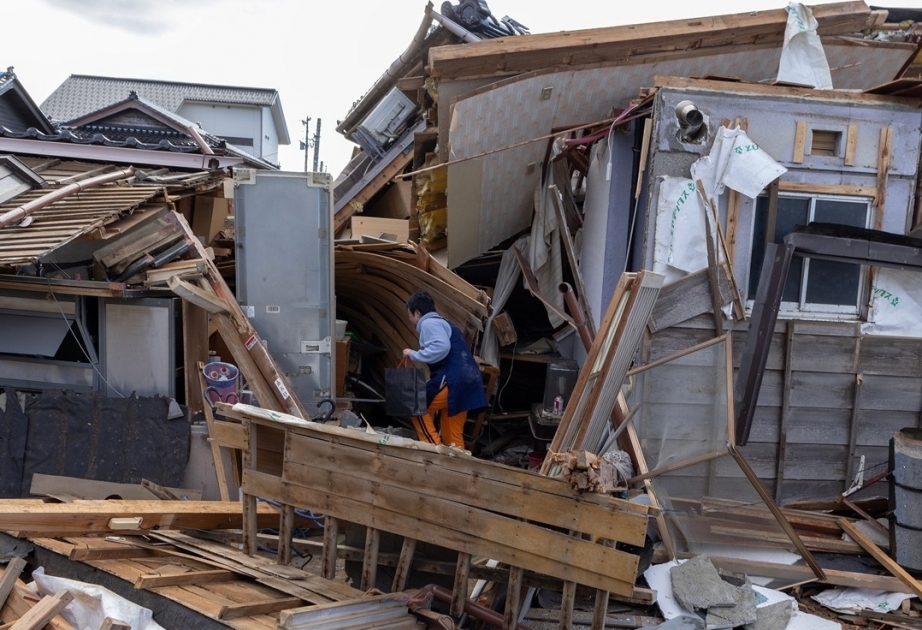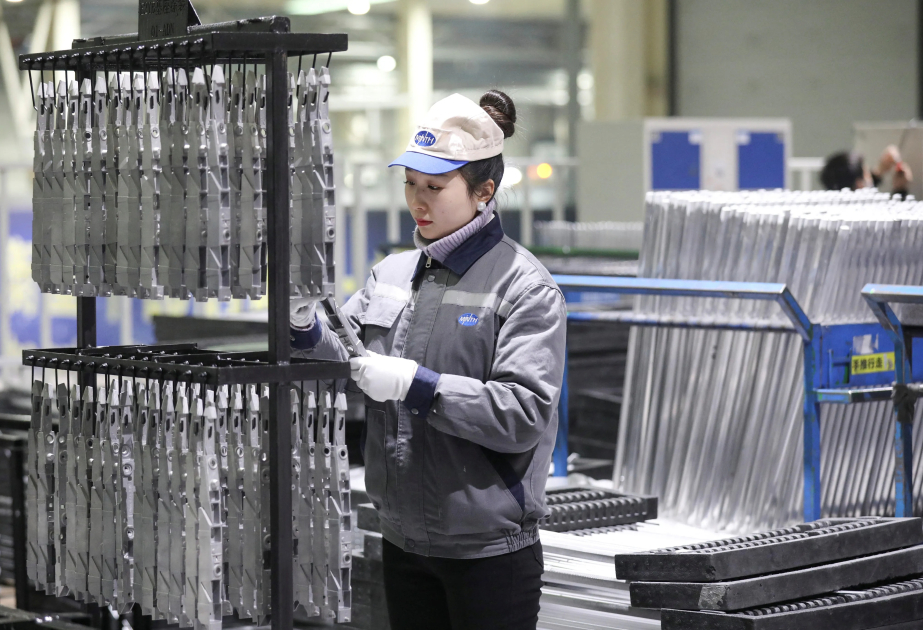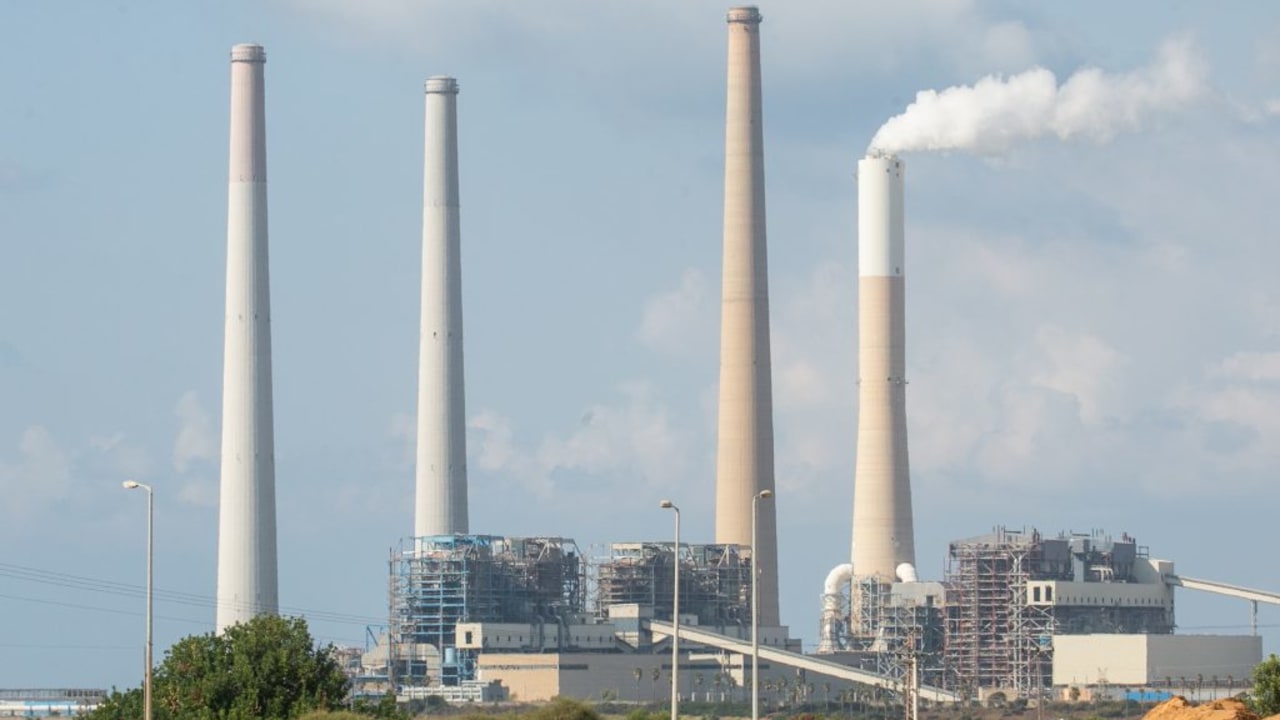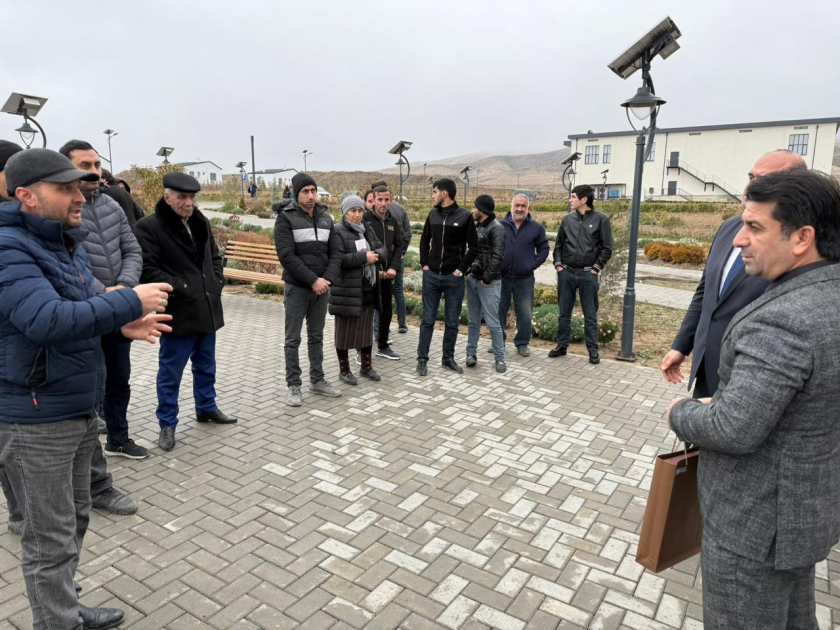A woman was rescued from a collapsed house in Suzu, Ishikawa Prefecture on Saturday, five days after a powerful earthquake struck the prefecture on the Sea of Japan coast, as the death toll from the quake topped 120 with over 200 still unaccounted for, Kyodo News reported citing authorities.
A family member said the rescued woman is in her 90s. Suzu is one of the coastal cities hit hardest by the magnitude-7.6 quake that occurred in the Noto Peninsula, central Japan, on New Year's Day.
The earthquake is the first tremblor to kill more than 100 people in Japan since the 2016 Kumamoto quakes in the country's southwestern region that caused 276 deaths including those related to the disaster.
The quake caused extensive structural damage and fires in the prefecture, and city officials in Wajima believe there are about 100 locations where people are still trapped under collapsed buildings.
As of Saturday afternoon, 126 people have died and 210 are still unaccounted for in the prefecture with rescue operations hampered by rain and hail. Rain is expected through Sunday followed by snow in the region.
Prime Minister Fumio Kishida told officials from related ministries and agencies in a meeting of the disaster response headquarters at his office to "tenaciously and thoroughly conduct rescue operations to save as many lives as possible."
Authorities are still struggling to deliver relief supplies due to quake-damaged roads in Ishikawa, where around 30,000 people are staying in some 370 shelters.
Aftershocks continue to jolt the Noto region, including a magnitude-5.3 quake registering upper 5 on Japan's seismic intensity scale of 7 in the morning.
Late Saturday, the Japan Meteorological Agency said a quake measuring lower 6 rocked Shika at around 11:20 p.m.
But an official of the town office said, "We only felt a weak quake that lasted for a second or two." Hokuriku Electric Power Co., which operates a nuclear power plant in the town, said a seismic intensity meter installed at the facility indicated the quake only measured 2.
The government increased the number of Self-Defense Forces members deployed to disaster-affected areas to around 5,400 Saturday from 5,000 the previous day.
Some shelters had limited or no access to running water to flush toilets, causing hygiene and mental health problems.
The Ishikawa prefectural government is planning to build temporary houses for afflicted residents, but construction will not begin until Friday.




.webp)












